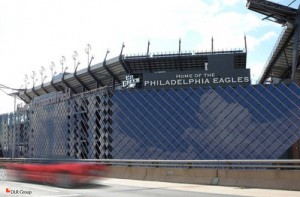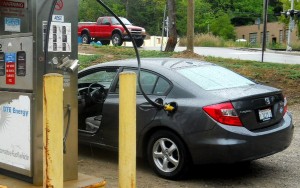Monday, August 13th 2012
Fresh off the announcement of a significant increase in the solar PV “carve-out” requirement of New Jersey’s renewable portfolio standard, the Garden State’s largest utility announced plans to continue aggressive development of solar.
From the Philadelphia Enquirer:
“Public Service Electric & Gas Co., which two years ago generated headlines with its ambitious program to install solar panels atop utility poles, on Tuesday proposed to install 136 megawatts more of photovoltaic systems over the next five years and to provide loans to residential and commercial customers to develop an additional 97 megawatts. The loans could be repaid by the debtors with the credits they would earn from generating solar.
PSE&G’s announcement comes a week after Christie signed legislation to stabilize the market for solar power in the next few years by requiring generators to buy more renewable-power credits, a way for customers to subsidize the higher cost of solar. The current price for the credits has plunged because so many projects were developed to take advantage of federal tax credits, now expiring.
The expanded Solar 4 All program, which requires approval by the New Jersey Board of Public Utilities, calls for $690 million to install 90 megawatts on landfills, brownfields. and other underutilized land; 20 MWs for solar systems on warehouse roofs; 25 MWs for systems on large parking lots; and 1 MW for projects that demonstrate emerging technologies.”
Read more : PSE&G Seeks to Energize Its Solar Energy Program






